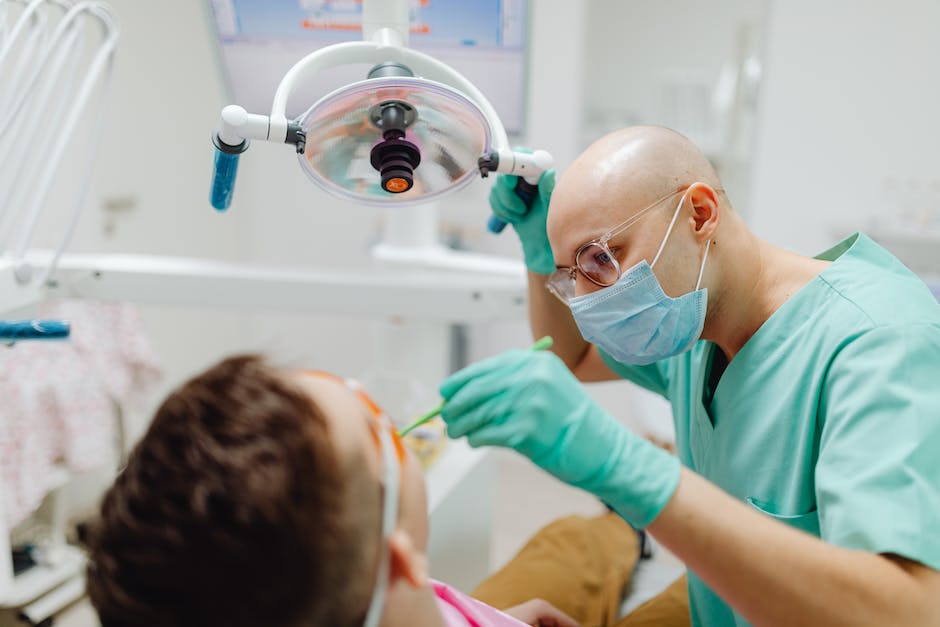
Contents
Diagnosing Graves’ Disease: Tests and Exams Involved
Graves’ disease is an autoimmune disorder which affects the thyroid gland, and can cause a variety of health complications. Diagnosing Graves’ disease requires a multi-faceted approach which may include a combination of lab tests, physical exams, and imaging techniques. If a patient is exhibiting signs or symptoms indicative of Graves’ disease, it’s important to undergo the proper assessments to determine a definitive diagnosis.
Lab Tests
In order to determine if pts have Graves’ disease, their doctors will first order a thyroid-stimulating hormone (TSH) test. This test assesses the levels of TSH in the blood, which tells the doctor whether the thyroid is normal or overactive. If their results show an overactive thyroid, the doctor may then move on to an antithyroid antibody test to help verify the diagnosis of Graves’ disease. The antithyroid antibody test checks for antibodies called thyroid stimulating immunoglobulins (TSI), which help the body identify and fight against foreign substances. If the levels of antibodies are higher than normal, it could indicate that the body is attacking the thyroid, thus leading to Graves’ disease.
Physical Exams
Next, pts may be required to undergo a physical exam. During the physical exam, their doctor will check for an enlarged thyroid, called a goiter, which is a common presentation seen with Graves’ disease. During the exam, they may pay particular attention to the eyes, since a common symptom of Graves’ disease is an eye condition called exophthalmos, whereby the eyes protrude out of the eye sockets.
Imaging Tests
In addition to lab tests and physical exams, patients may need to undergo imaging tests to aid in the diagnosis of Graves’ disease. This commonly includes an Ultrasound Test, which produces sound wave images of the thyroid. An ultrasound test shows the size of the thyroid and any irregularities which are, then used to make a definitive diagnosis.
Takeaways on Diagnosing Graves’ Disease
Graves’ disease is a serious autoimmune disorder which can cause various health issues, and requires a multi-faceted approach to diagnosis. Proper diagnosis requires lab tests to check hormone levels and antibodies, physical exams to look for an enlarged thyroid a protruding eyes, and imaging tests to gain a better idea of the size and shape of the thyroid. If you think you could be suffering from Graves’ disease, it’s important to seek medical help as soon as possible.
Keywords: Graves’ Disease, Thyroid-Stimulating Hormone (TSH) Test, Antithyroid Antibody Test, Physical Exam, Ultrasound Test.
